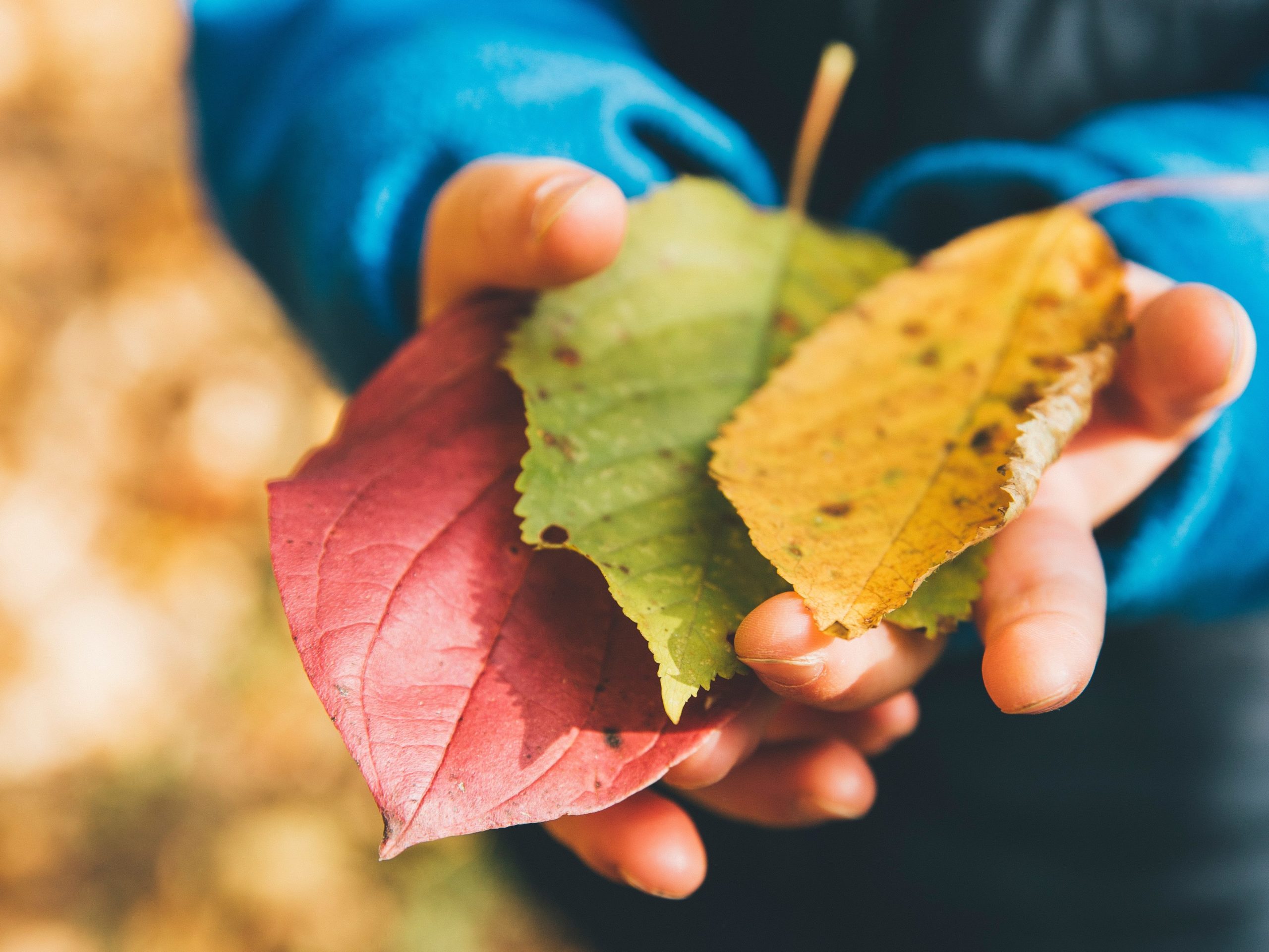Get your family excited about helping our native species with these easy, practical activities. Whether you’re having a quiet rainy day or you’re looking for an outdoor project to spruce up your garden, we have 5 fun activities that will help the birds, bugs and lizards in your backyard.
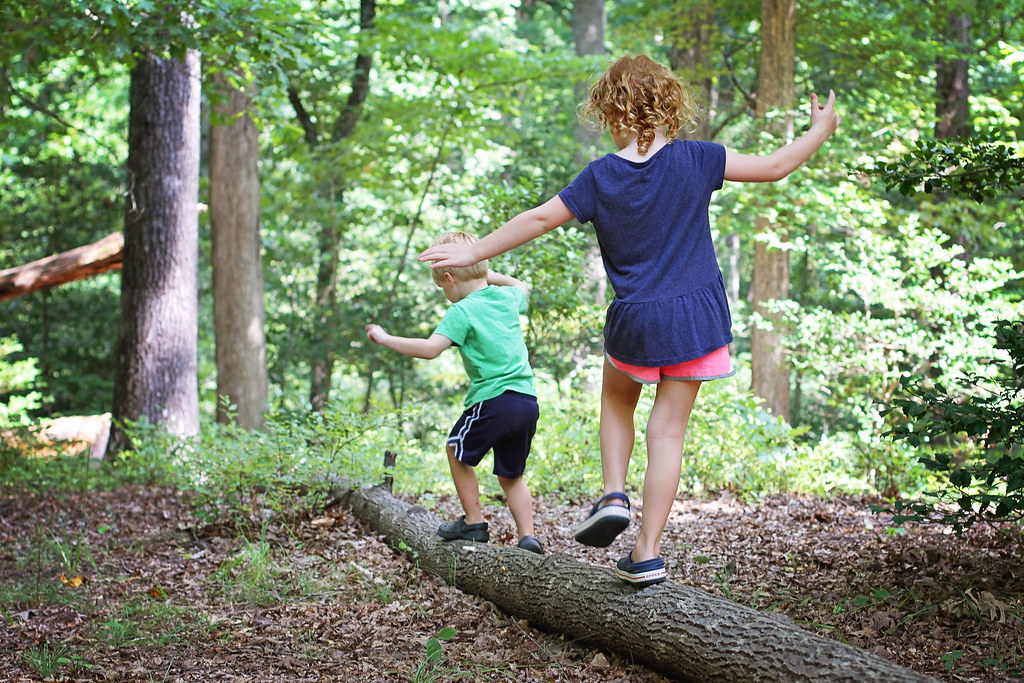
1. Building a bug ‘whare’
Bugs aren’t keen on gardens that look like a neatly mown bowling green – they need places to hide. That’s where bug ‘hotels’ come in. Bug ‘hotels’ or bug ‘whare’ offer small, safe spots for insects to hide away.
Why is building a bug whare for your garden a good idea? Whether you like them or hate them, beneficial insects like spiders, slaters, bees and butterflies are essential for any garden. They pollinate plants, disperse seeds and eat other pest insects. By giving these bugs a place to live, they’ll show their gratitude by looking after your garden.
This clip from Rotokare Scenic Reserve Trust shows you some easy ways to build a 5 star bug ‘hotel’. They’ll even show you how to build homes specifically for native wētā.
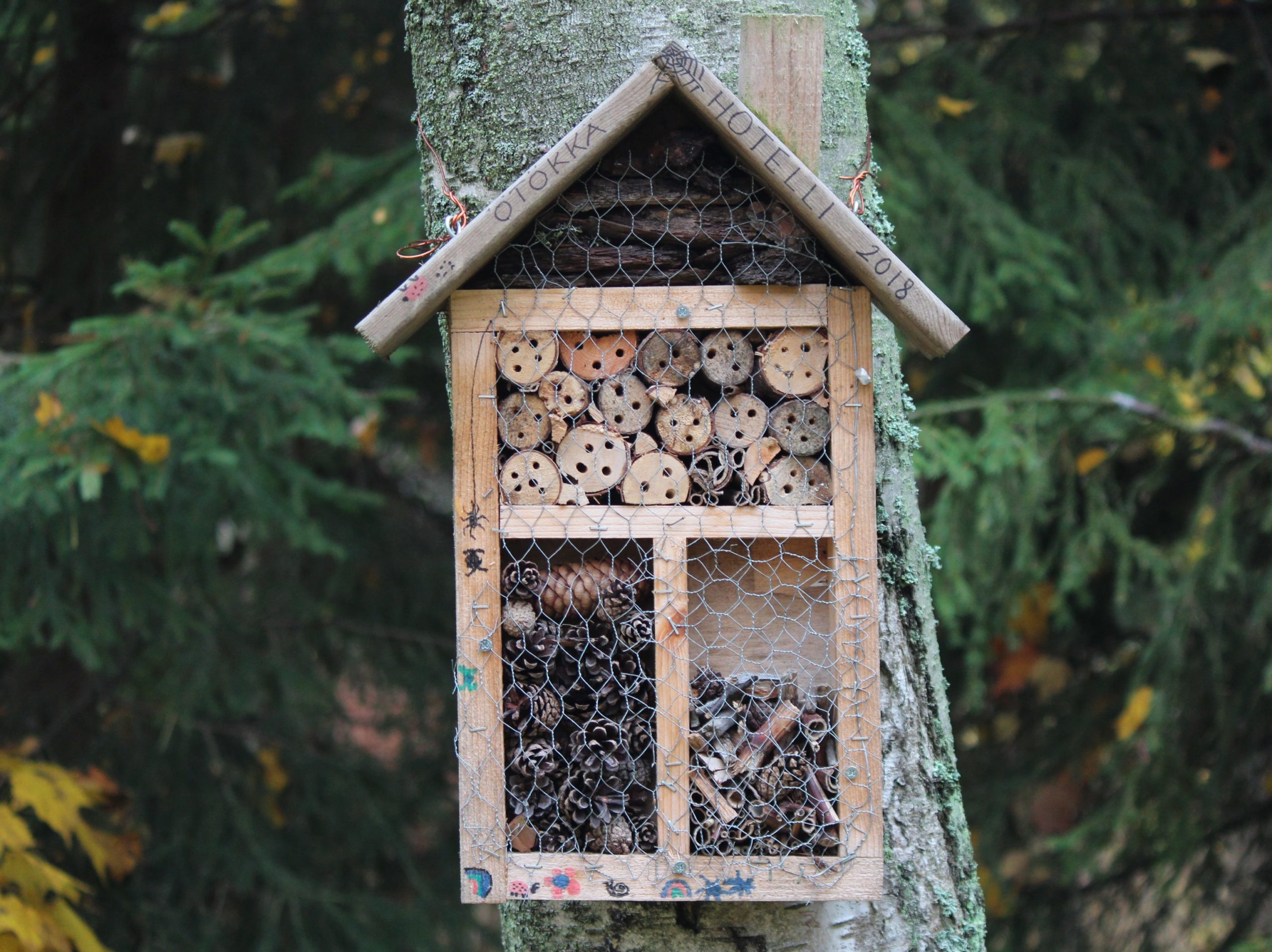
Bugs will naturally use leaves, bark and stacked wood for their hiding spots, so a lot of the resources you’ll need to build your bug ‘hotel’ can be found easily around your backyard.
2. Make a kererū protector
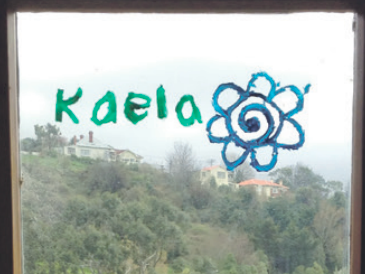
Have you ever heard a loud ‘thunk’ as a bird hits a window? Birds fly into windows because they can’t differentiate between open space and clear glass. It’s called window strike and it can be deadly for birds. Window strike is a big problem for many native birds such as riroriro/grey warbler, tauhou/silvereye and ruru/morepork, but it particularly impacts kererū.
Decorating your windows with colourful designs can help your local birds avoid a deadly collision. Find the windows in your house that you think kererū are most likely to crash into. Usually window strike happens when birds can see into one window and right out another or when they can see sky or trees reflected in the glass.
Once you’ve picked the windows you want to decorate, it’s time to get started. All you’ll need is plastic wrap, PVA glue and poster paint or food colouring. Follow the instructions on how to create your own Kererū Protectors from the Kiwi Conservation Club.
3. Build a rat catcher
Rats eat our native birds, bugs and lizards. Trapping them is a great way to make your neighbourhood safer for your local native species.
A tunnel to put your rat trap in protects curious kids and pets from a sore paw or finger! Build your own tunnel with this simple design.
Buy a Victor rat trap and choose a lure that will entice a rat. Peanut butter is quite effective.
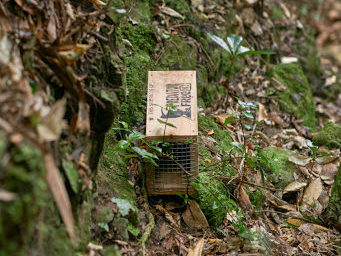
4. Make a wasp trap
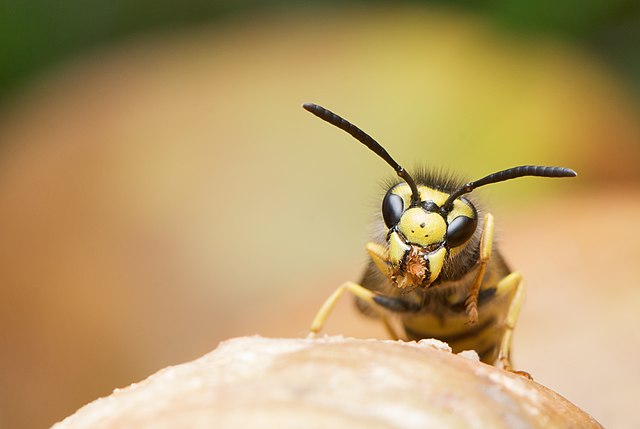
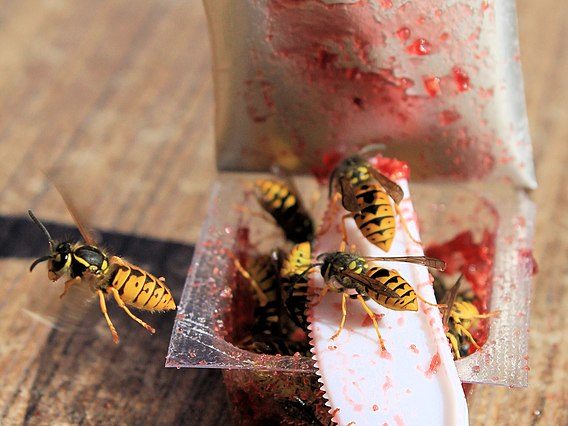
Why should you make a wasp trap? Well, here are a few reasons:
- Wasps raid beehives and eat the food supply of honey bees.
- Wasps eat our native insects.
- Wasps consume a massive amount of honeydew, which many of our native species like to eat such as kākā, tūī and geckos.
- Wasps can even kill nesting chicks!
If you want to make your backyard a little safer, check out this guide from the Greater Wellington Regional Council on how to make a simple wasp trap. All you’ll need is a 1.5 litre plastic soft drink bottle, water, sugar (or honey) and vinegar.
Once you’ve set up your wasp trap, make sure you check it regularly and keep it clean. If you don’t, the dead wasp bodies will build up and act as a raft for the living wasps that get trapped.
But what if my trap catches bees accidentally? The recipe uses vinegar which is off-putting to bees. You can also use a bit of cheap beer as a bee deterrent.
If the occasional bee stumbles into your trap, don’t fret. Beekeepers have advised us that hundreds, if not thousands of bees from a hive die every day, so the odd bee getting caught is of no consequence to a keeper. A potential risk of disease transfer arises when the bees get out of the trap and then head back to the nest. So even though it seems like the right thing to do, once a bee has entered the trap, don’t let it out.
5. Create a nature journal
Spark curiosity and connection with the natural world by creating a nature journal with your kids.
Get them exploring their outdoor environment and collecting things to keep in their journals such as fallen leaves, seeds, flowers, bark and twigs. They could even use a camera to take photos of the plants and animals they come across.
Whether it’s drawing, writing or leaf rubbings, get your kids to document what they discovered.
If they’re curious to learn about any of the species they came across, upload the photo of the mystery species to iNaturalist and get help identifying the plant or animal from scientists and fellow nature observers.
